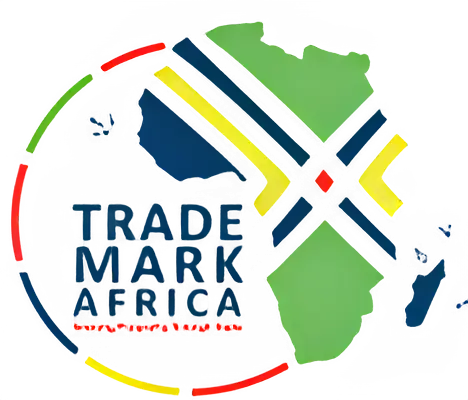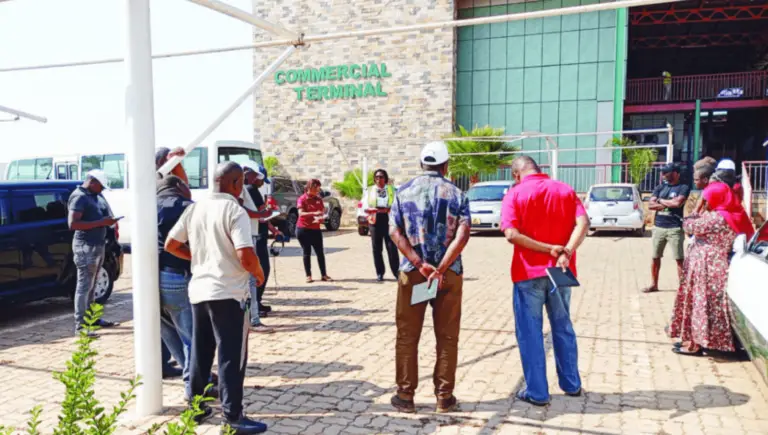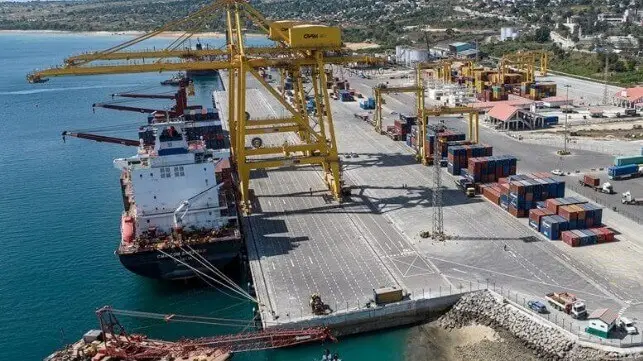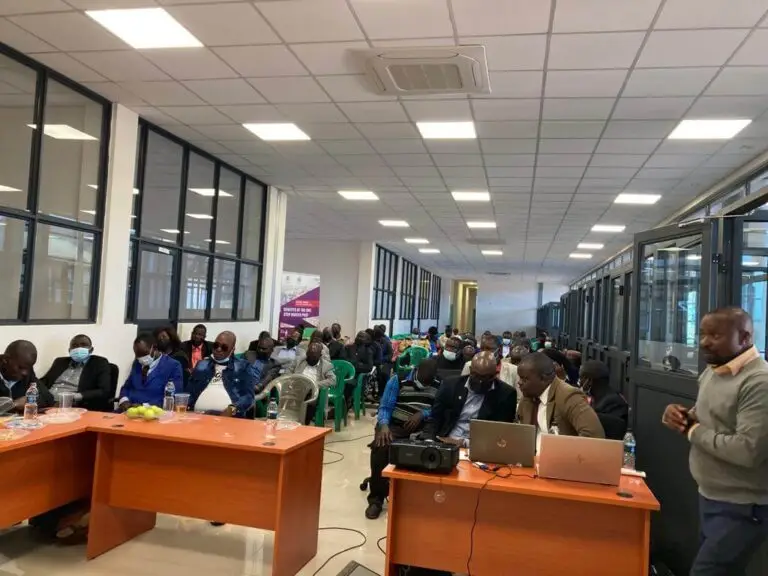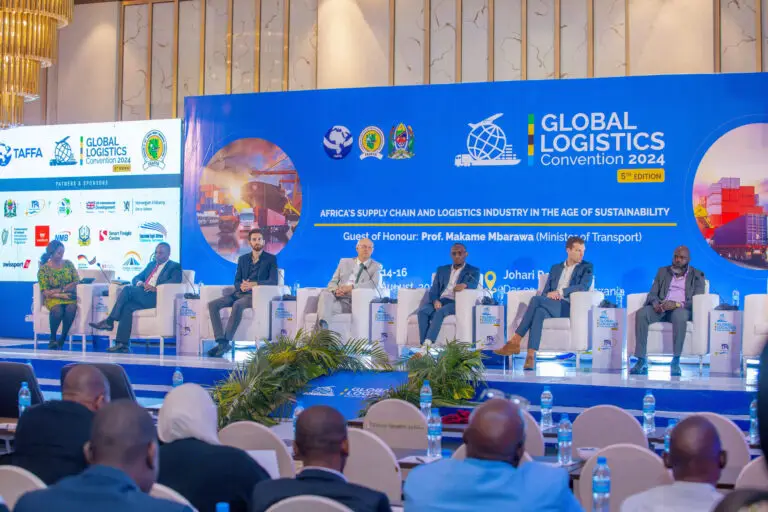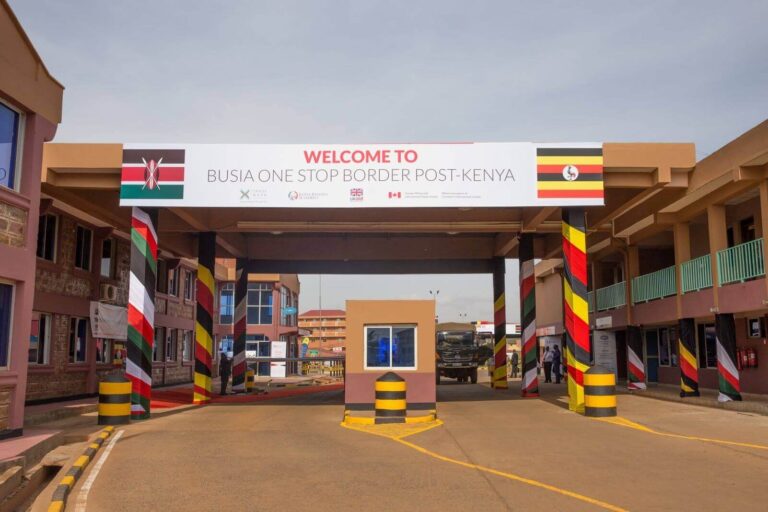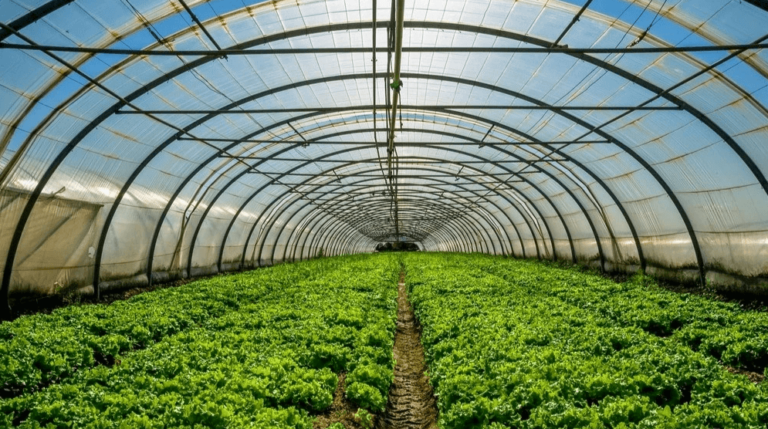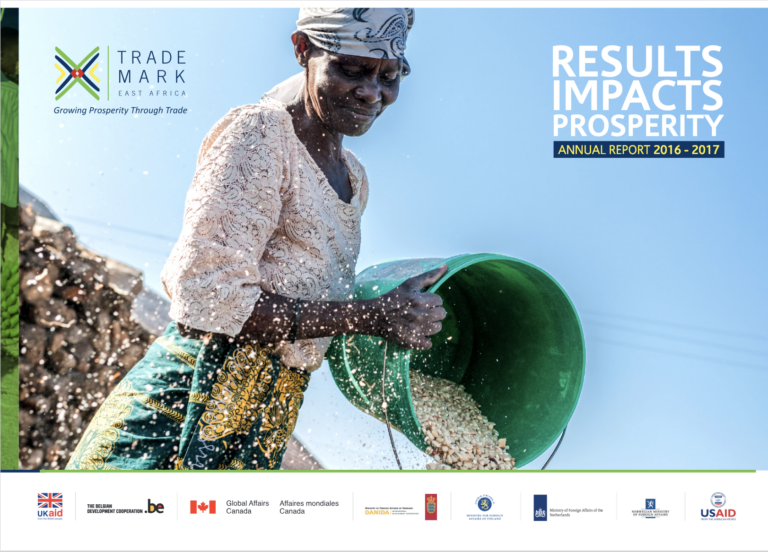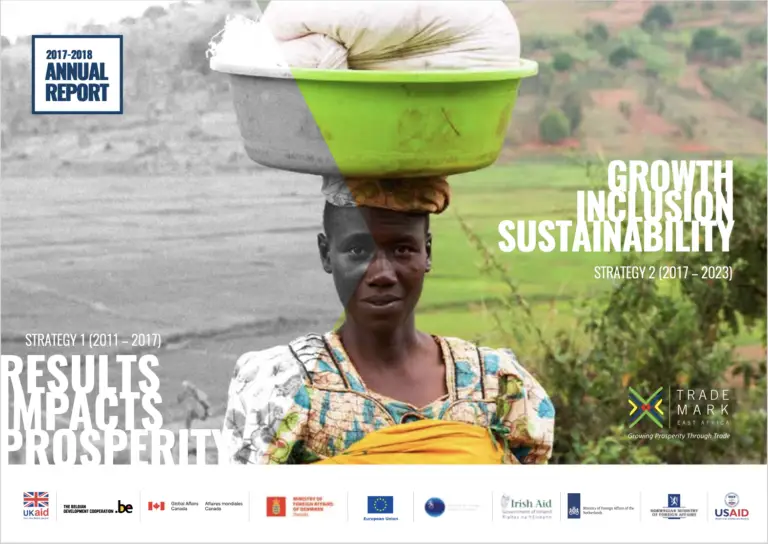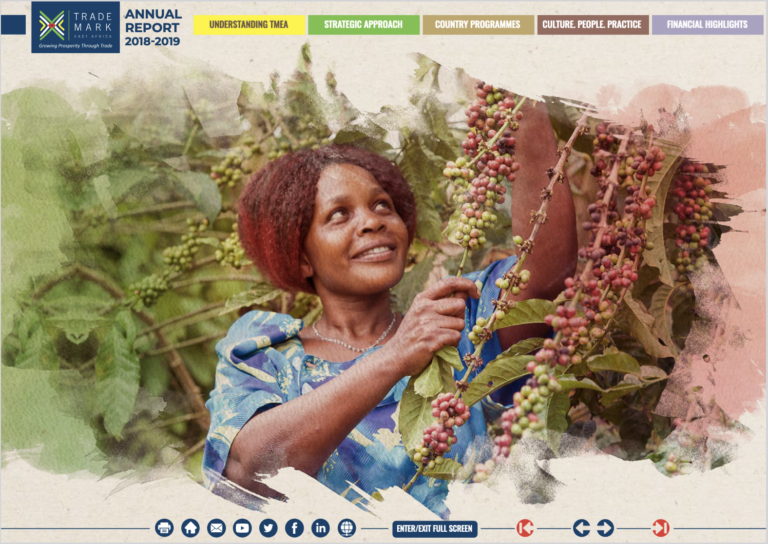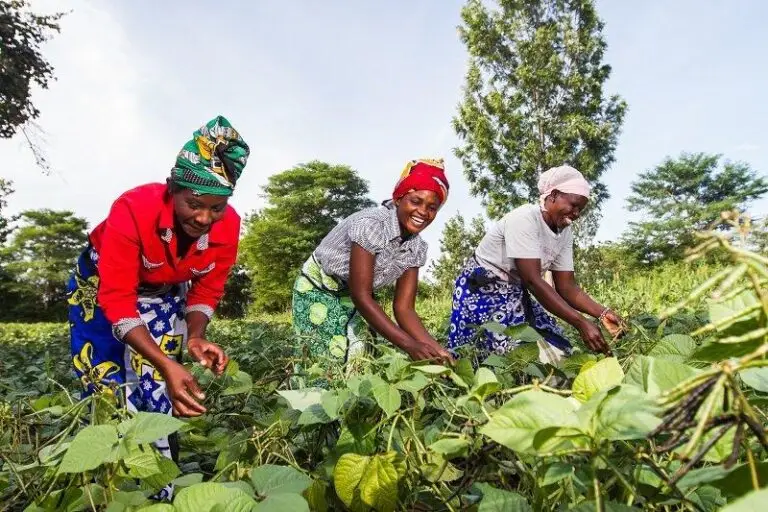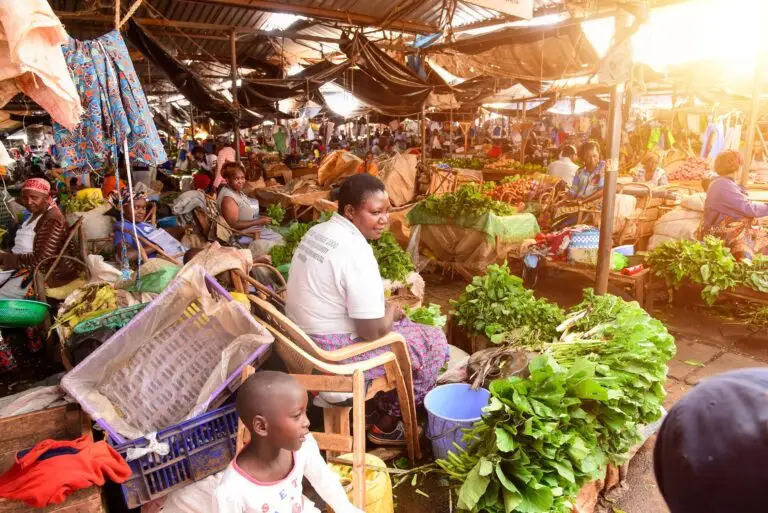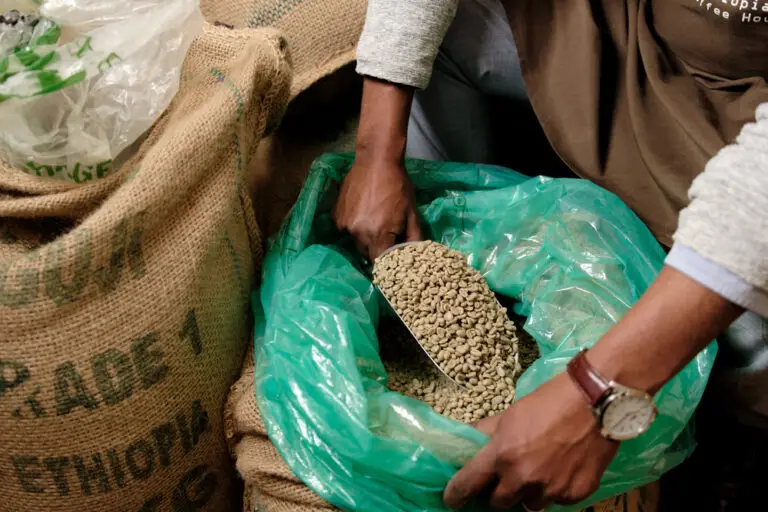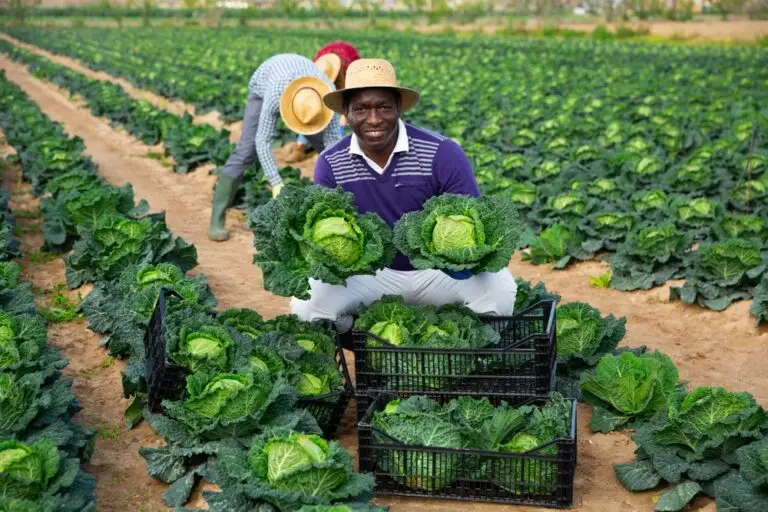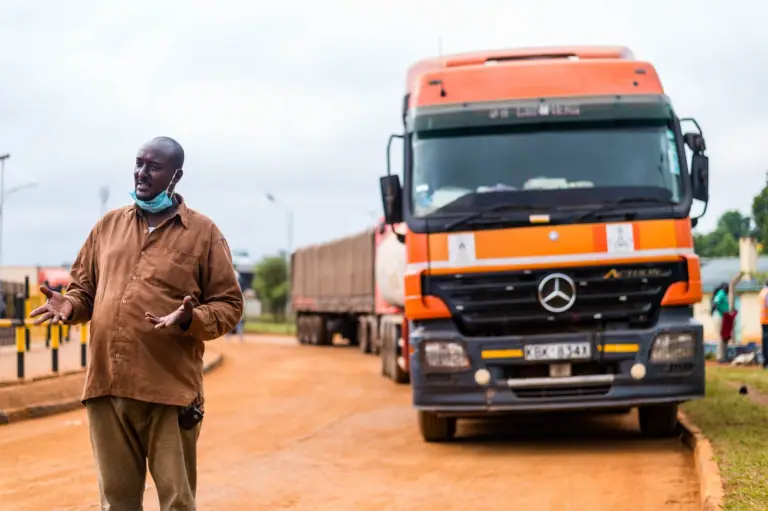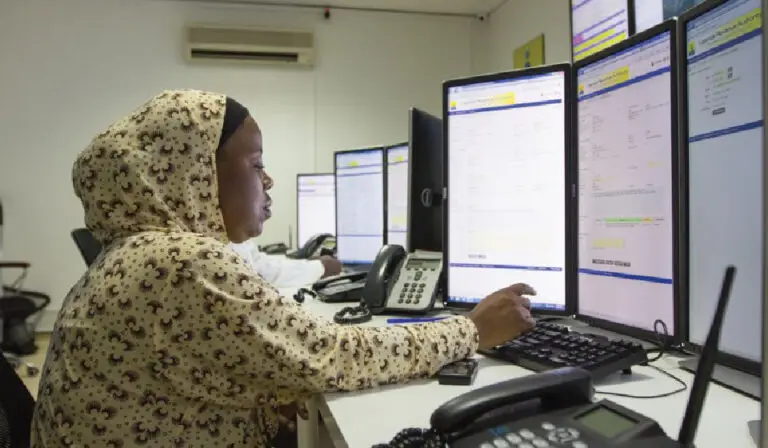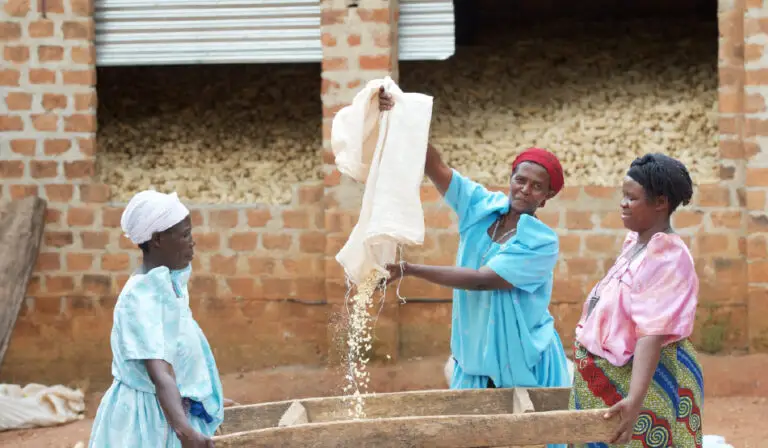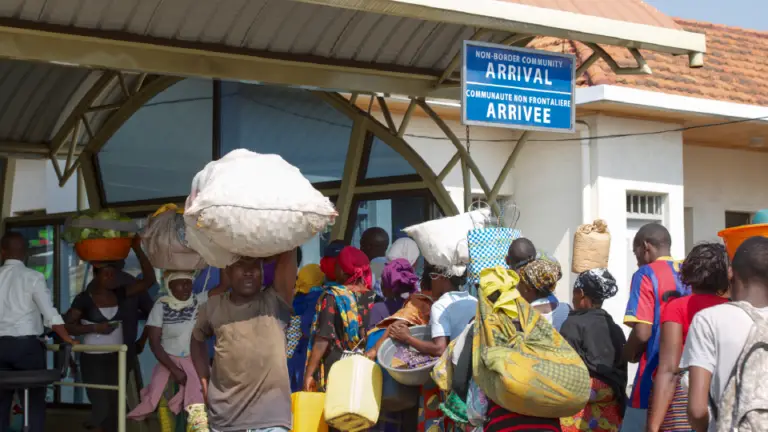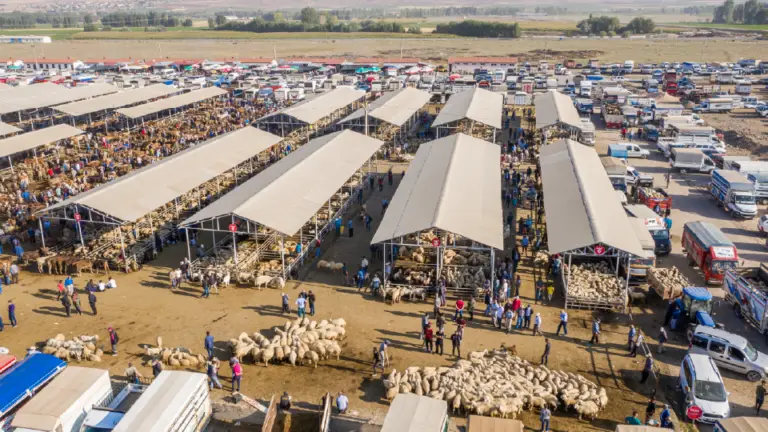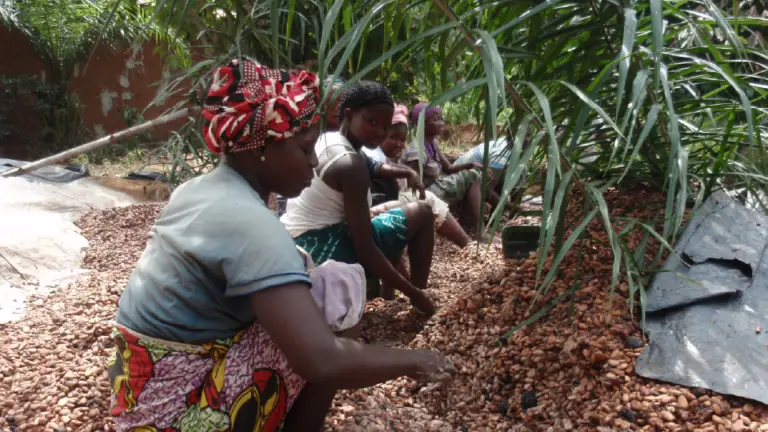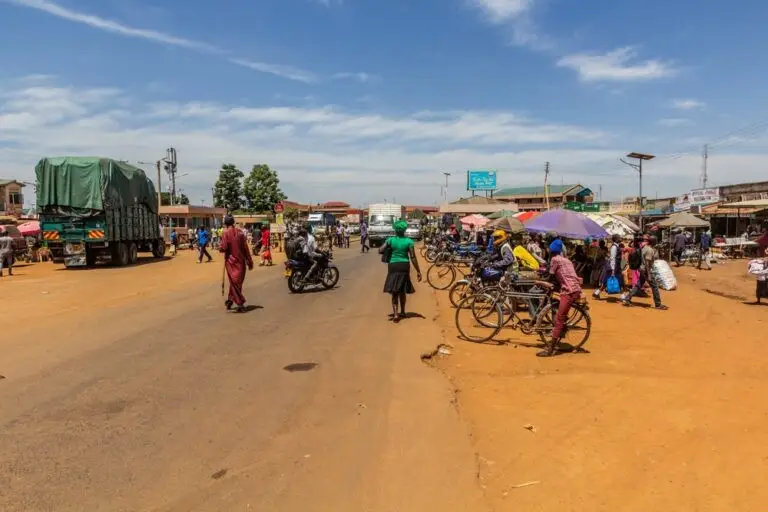Quick Stats
Malawi
22 Million (2024)
$11 Million (2024)
Year
2020
Nacala, Beira and Dar es Salaam
Raw Tobacco (47%), Tea (8.25%), Dried Legumes (8%)
- Population and GDP size- World Bank Data – https://data.worldbank.org/indicator
- Trade- OEC- https://oec.world/en/profile/country/
Tucked between Mozambique, Zambia and Tanzania, Malawi is shaped as much by its borders as by its defining natural feature, Lake Malawi, which stretches across nearly a fifth of the country. The lake is a vital ecological and economic lifeline. With a population now exceeding 22 million (as of March 2025), Malawi has a youthful nation, with the majority under 30 years of age, representing a dynamic force with the potential to drive long-term growth ‘Young nation’ can be interpreted as a ‘new nation’.
118,480 sq
kms
22 Million people
The economy, however, faces tough realities. Agriculture is the mainstay, employing over 80% of the population according to the World Bank. But this dependence on a narrow range of exports leaves the country vulnerable, especially to climate-related shocks. Growth in 2023 stood at 1.9%, while inflation surged to 28.1% by the end of 2024, driven by forex pressures and constrained supply (as reported by Reuters).
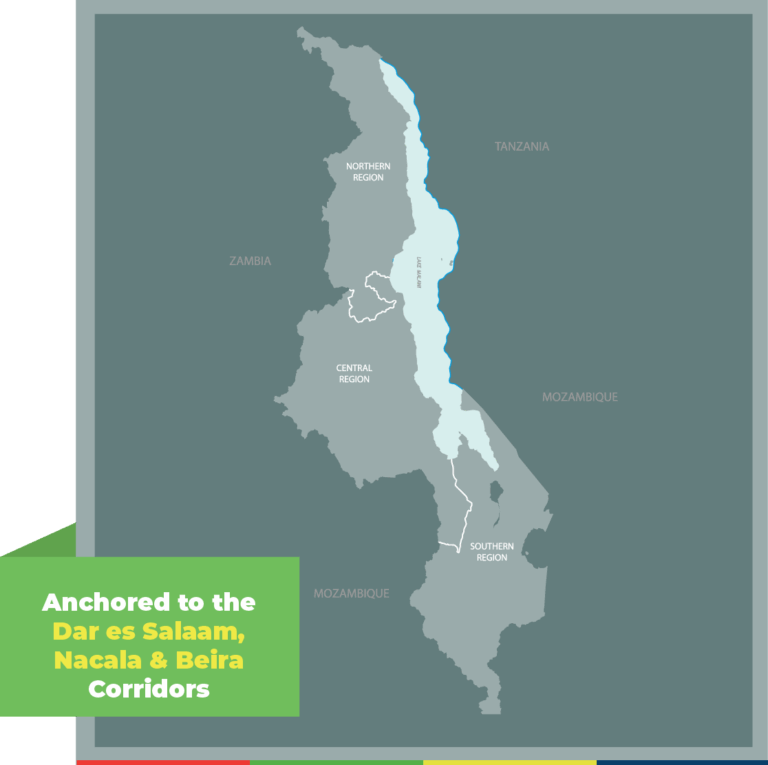
The financial sector remains tight, with interest rates among the highest in the region. For example, the policy interest rate hit 26% in February 2025, making access to credit a real challenge for both businesses and households. Even so, Malawi’s strategic location and young population create strong foundations for economic renewal. The government has laid out a clear path with a suite of national strategies, from the Malawi Growth and Development Strategy III to the National Export Strategy II and the Transport Master Plan. Each put trade, infrastructure, and market access at the heart of transformation. The implementation of this vision serves as the foundation for TMA’s strategy for Malawi, covering 2023 to 2030.
Early Milestones
Since 2020
Since 2020, TMA’s Malawi Country Programme, which was established with catalytic funding from the UK, has focused on three priorities: improving trade infrastructure, reducing barriers to trade, and supporting businesses to compete more effectively in regional and international markets. These efforts are closely aligned with Malawi’s own development ambitions as set out in the Malawi Growth and Development Strategy III, the National Export Strategy II, and the National Transport Master Plan, all of which recognise trade as a driver of economic transformation.
Over the past three years, this partnership has delivered tangible results. At the height of the COVID-19 pandemic, TMA supported the Malawi Revenue Authority to introduce the ‘Blue Lane’ customs initiative, which slashed clearance times for relief goods from three days to just three hours (Source: STEF Independent Evaluation Report) ensuring vital supplies reached communities without delay.
Investments have also focused on longer-term trade infrastructure. TMA facilitated feasibility studies for the Lilongwe Dry Port at Area 55, which in 2023 was approved by the Government to progress to the transaction advisory phase, an important step in attracting private sector investment into Malawi’s logistics sector. A new electronic data exchange system linking Malawi’s and Tanzania’s customs platforms now allows real-time access to trade declarations and risk profiles. Additionally, TMA partnered with the Malawi Bureau of Standards to enable the agency secure international accreditation under the Southern African Development Community Accreditation Service, enabling the country to conduct recognised testing for macadamia and mango exports. Previously, such tests had to be done abroad, adding cost and delay for exporters. Today, Malawian produce can meet international quality requirements faster and more affordably
TMA Strategy 3
2023 - 2030
Building on this foundation, TMA’s new phase in Malawi focuses on deepening trade corridor efficiency, strengthening standards and digital systems, and enabling private sector-led growth.
Physical
Infrastructure
Advancing
digital
systems
Improving the trade and investment environment
Enhancing the quality and value of traded goods
Working with the Malawi Bureau of Standards, TMA will support the development of over 30 crop-specific export standards, including for groundnuts, macadamia nuts, and mangoes, thereby supporting an export sector valued at approximately $25 million. The initiative will also modernise laboratory facilities and secure ISO/IEC 17025 accreditation. As a result, Malawi will be able to issue globally accepted test reports and certificates, reducing dependence on foreign testing and boosting confidence in Malawian produce. Efforts to modernise trade administration are also accelerating. In 2025, for example, the Malawi Confederation of Chambers of Commerce and Industry (MCCCI), with support from TMA, launched a Single Digital Portal. The platform allows traders to apply online for key trade documents, such as Certificates of Origin, eliminating the need for in-person visits. Previously, businesses bore indirect costs of up to $87 per certificate. The portal is now being integrated with the National Registration Bureau and the Malawi Revenue Authority to streamline processes further and enhance the overall business experience.
Results:
1. In September 2023, the Government of Malawi cleared the project to enter the transaction-advisory phase, moving the dry-port development from concept to bankable opportunity for private sector investment.
Results:
1. In just five months (June - October 2023), Malawi and Tanzania trade jumped 35%, reaching over $580 million.
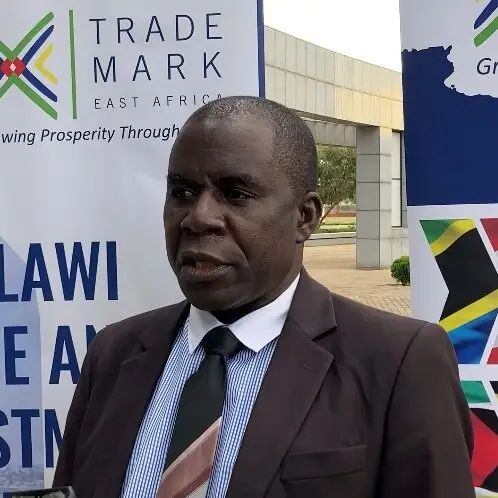
COUNTRY DIRECTOR
